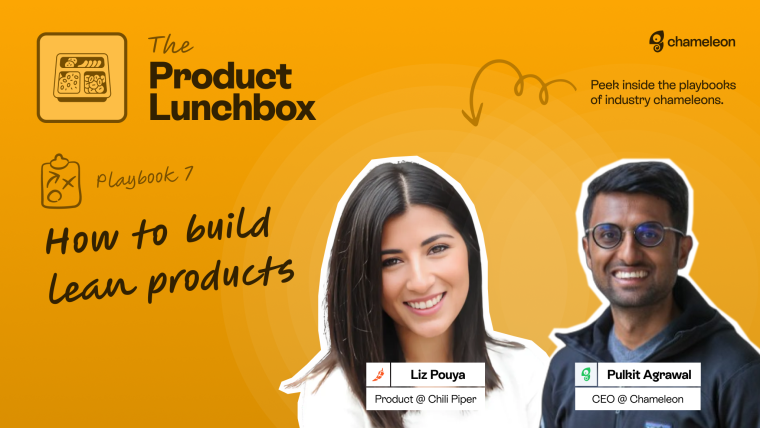WHAT YOU'LL LEARN
- How to create a data-driven product strategy without drowning in data.
- Why not all data is created equal (and how to choose the right signals).
- Tools and tricks to automate your data analysis.
When Claudia Natasia was at Highspot, she was the brains behind a data-driven approach that influenced every product decision. But here’s the thing: more data isn’t always better. The real challenge is figuring out which data matters and how to use it to create a winning product strategy.
A successful data-driven strategy is about being picky. You’ve got to filter out the noise, focus on signals that genuinely influence your product’s success, and synthesize them to drive actionable insights.
THE EXPERT
Claudia Natasia is the Co-Founder & CEO of Riley AI, where she’s on a mission to make data-driven strategies accessible for every organization. With a career spanning product leadership roles across Enterprise and FinTech, Claudia’s strategies have driven a $5B total valuation, led to an international acquisition, and scaled organizations to multi-million dollar revenues.
THE INSIGHTS
1 - Be selective with your data
Claudia’s approach is simple: not all data is created equal. You need to know the types of signals that matter. For example, customer feedback from a specific persona might be crucial for one product, while monitoring LTV (Lifetime Value) might be critical for another. The goal is to build a strategy that leverages the right signals at the right time.
2 - Build an analytics engine that works for you
At Highspot, Claudia’s team didn’t just gather data—they built an analytics engine that combined machine learning models with qualitative and quantitative insights.

"We built a sentiment analysis for every single piece of valuable feedback."
This engine didn’t just spit out data; it generated continuous insights that kept evolving with the product. So, how do you get there? Start with a tool or model that can handle qualitative feedback (like customer sentiment) and quantitative data (like product usage metrics). The magic happens when you combine these insights to inform your product decisions.
3 - Automate to stay ahead
Claudia’s secret weapon? Automation. Instead of starting from scratch whenever you need to iterate on a product, let your analytics engine do the heavy lifting. For example, it should surface new insights as phone calls and customer feedback come in. This proactive approach lets you continuously improve your product without reinventing the wheel.
And no worries if you’re not quite at the level of building custom machine-learning models. Claudia’s new venture, Riley AI, is designed to make this process accessible.

"Riley AI automates all of this for you. It’s like having a personal data scientist on call.”
4 - Combine insights for a clear strategy
One of the biggest challenges in a data-driven approach is combining different insights into a cohesive strategy.

"You might get one thing from Gong, another from Amplitude, and something else entirely from your user research team. The trick is figuring out which insights matter most and how they fit together.”
The goal? To avoid ending up with a laundry list of feature requests (Claudia’s seen as many as 400!), focus on the ones that truly move the needle. Prioritizing in a meaningful way is the name of the game.
By filtering out the noise and focusing on the right data, Claudia’s approach has led to smarter product decisions, faster iterations, and a strategy that delivers results.

"The best data-driven strategies are the ones that know the types of signals that matter."
And with tools like Riley AI, automating and streamlining this process has never been easier.
You’ll need to master the art of talking to everyone about everything without saying much at all. But here’s the secret sauce: The core PM skills stay the same. You’re still solving problems and keeping the product on track. It’s just that now you’re doing it with a few more cooks in the kitchen.






